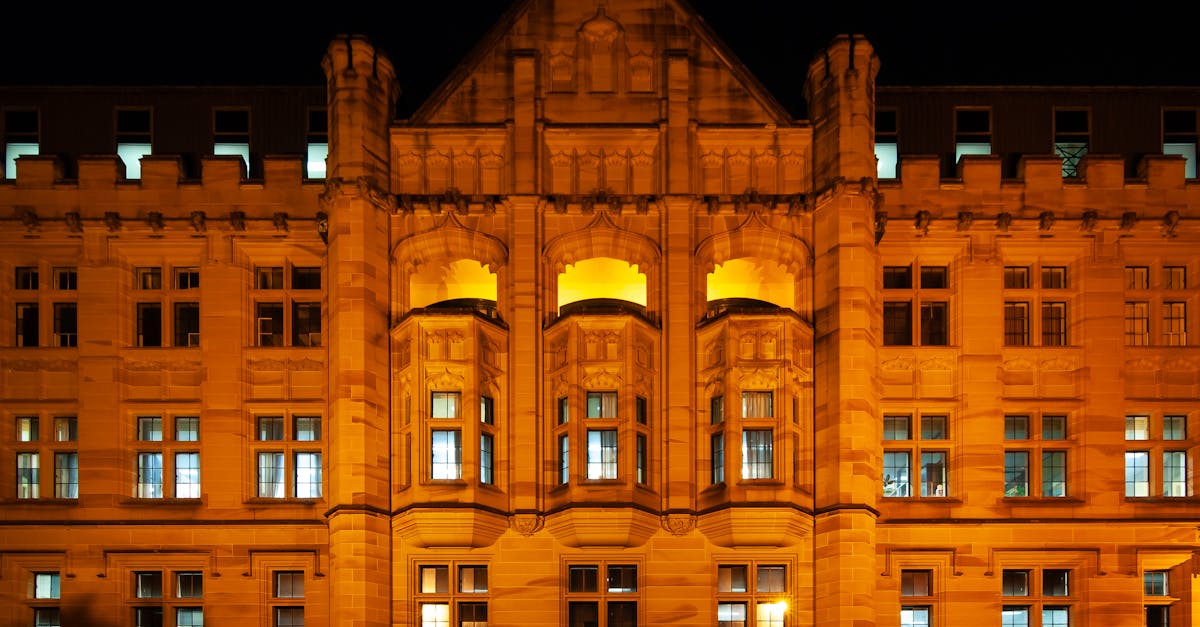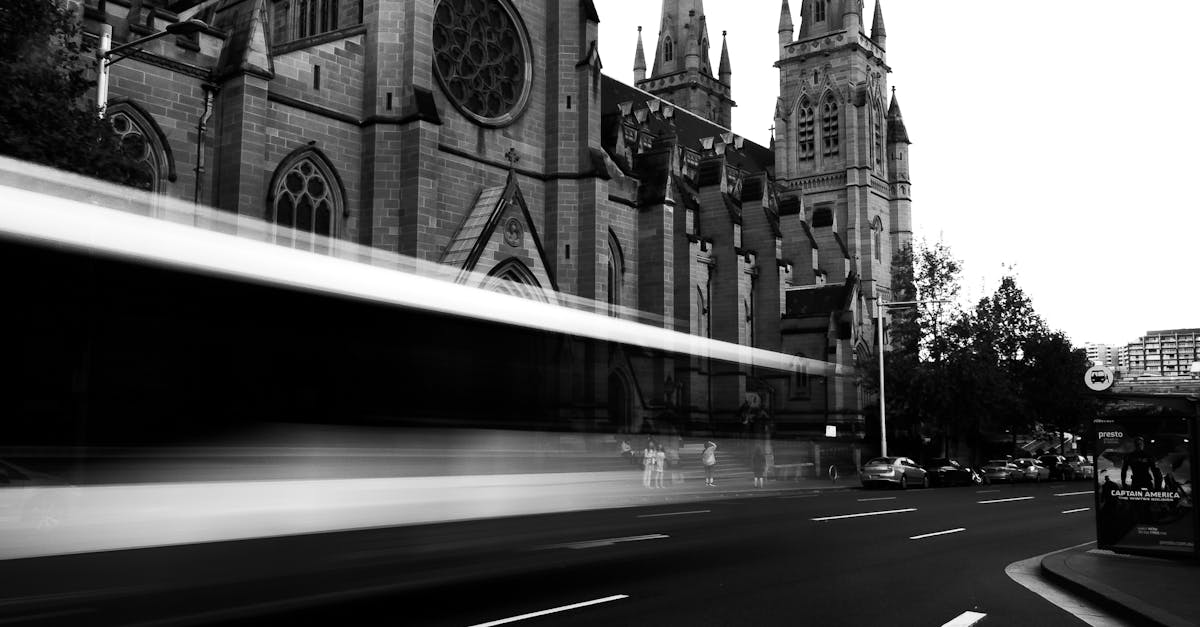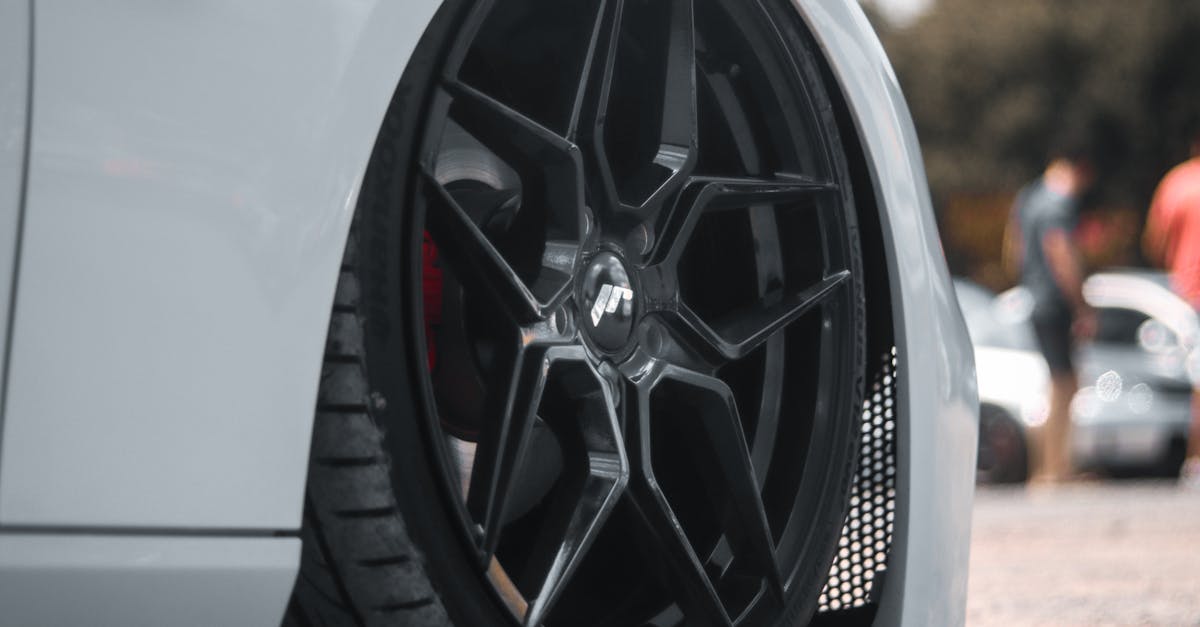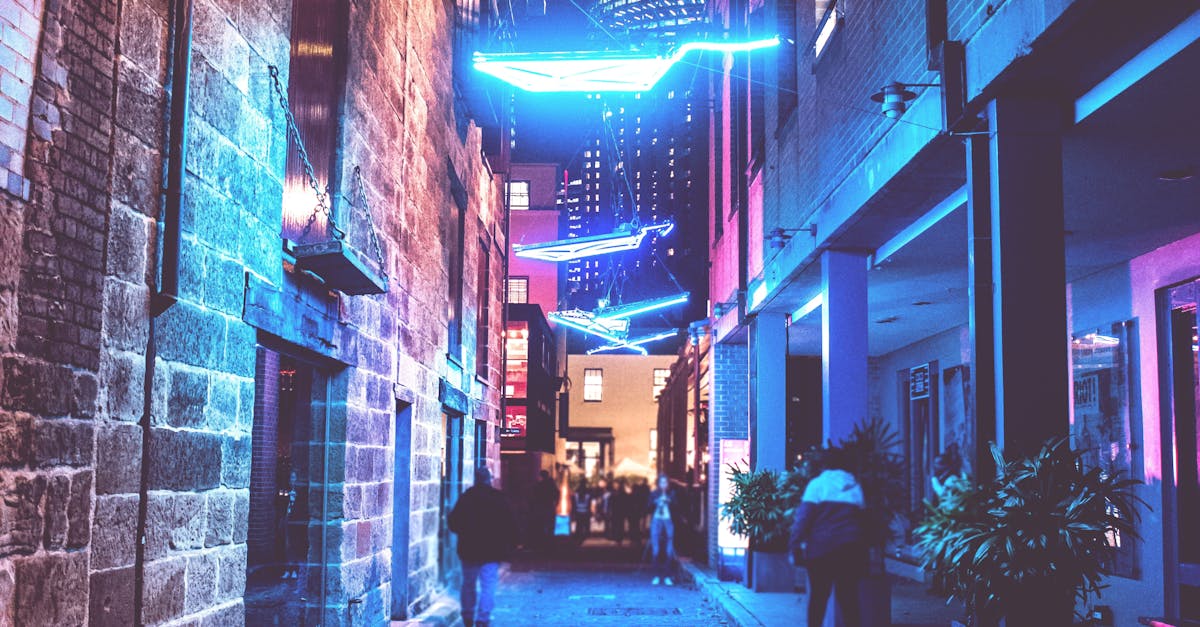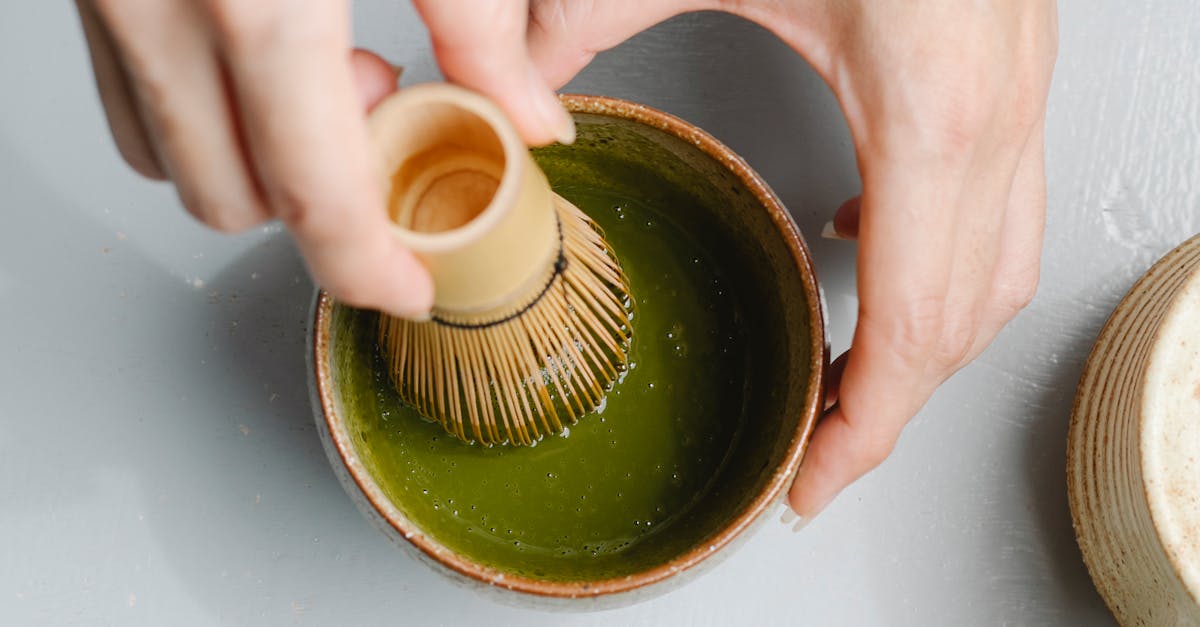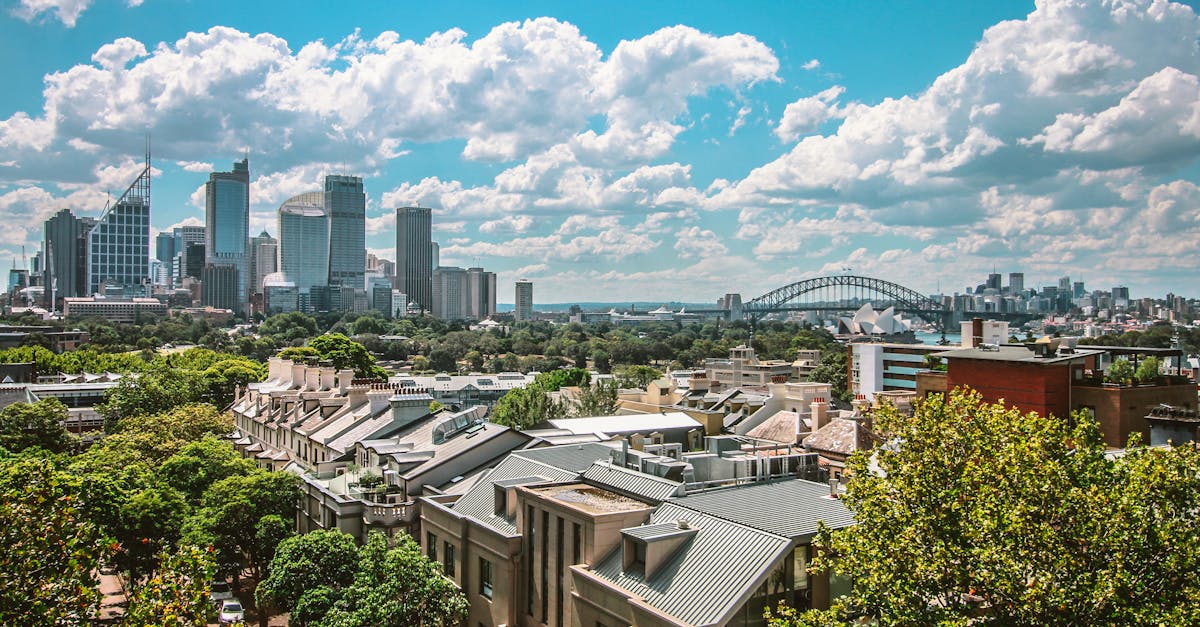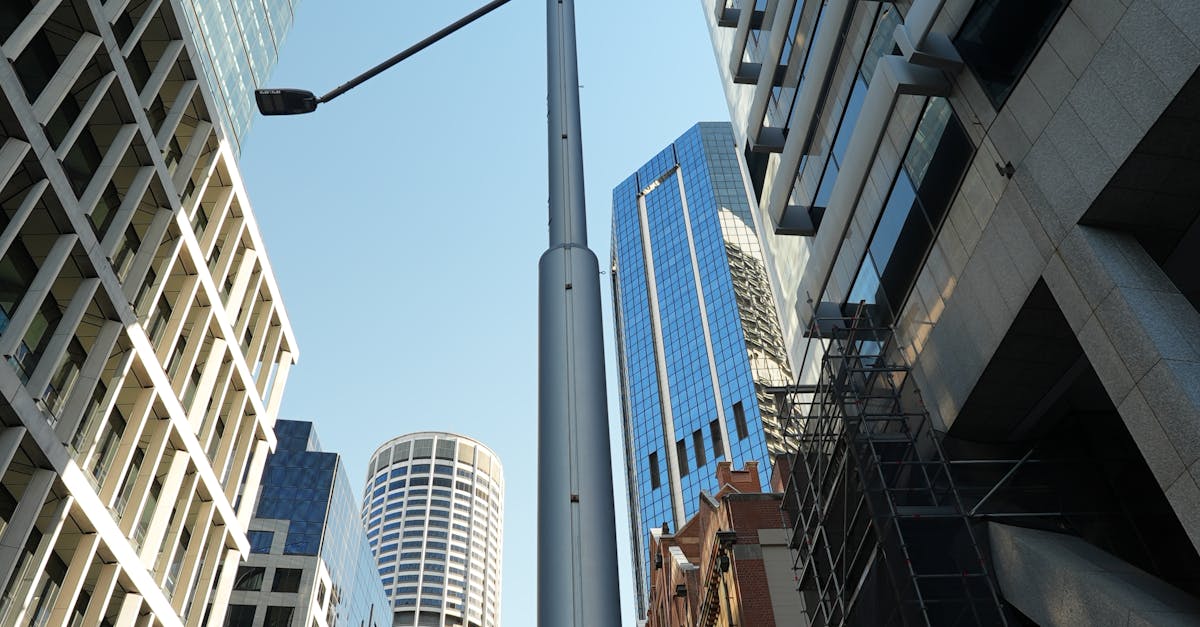
Table Of Contents
Cabinet Refacing Materials
Cabinet refacing and refinishing are popular options for homeowners looking to give their cabinets a fresh update without the cost and hassle of a full replacement. When it comes to choosing materials for cabinet refacing, there are several options to consider. One common material used is wood veneer, which provides a natural wood look and comes in a variety of finishes to match your desired aesthetic. Alternatively, rigid thermofoil (RTF) offers a durable and budget-friendly choice that mimics the look of real wood. For a more modern and sleek appearance, high-pressure laminate (HPL) is a popular option due to its resistance to stains and scratches. Each material has its own benefits and it's important to select one that aligns with your style preferences and budget constraints.
Choosing the Right Materials for Your Cabinet Refresh
When selecting materials for your cabinet refresh project, it's crucial to consider the difference between cabinet refacing and refinishing. Cabinet refacing involves replacing the cabinet doors and drawer fronts, along with applying a matching veneer to the existing cabinet frames. On the other hand, refinishing cabinets simply requires sanding down the existing finish and applying a new stain or paint. Understanding the distinction between the two processes will help you determine the appropriate materials needed for your specific project.
For cabinet refacing projects, the materials you choose should be durable, easy to clean, and complementary to your desired aesthetic. Opt for solid wood or high-quality veneer when replacing the cabinet doors and drawer fronts to ensure longevity and a professional look. Additionally, selecting hardware such as handles and knobs that coordinate with the new material will tie together the overall appearance of your refaced cabinets. Remember to consider your budget when choosing materials to strike a balance between cost and quality for a successful cabinet refresh.
Steps Involved in Cabinet Refacing
Cabinet refacing and refinishing involves a series of steps to give your cabinets a fresh and updated look. The process typically begins with removing the cabinet doors and drawer fronts, followed by thoroughly cleaning and sanding the existing cabinet surfaces to ensure a smooth and even base for the new materials. Next, the cabinet frames are inspected for any repairs or modifications needed before applying the chosen refacing materials.
Once the prep work is completed, the new veneer or laminate is installed onto the cabinet surfaces, along with new hardware and accessories for a cohesive and polished appearance. Finally, the cabinet doors and drawer fronts are reattached, ensuring proper alignment and functionality. With attention to detail and proper technique, cabinet refacing and refinishing can completely transform the look of your kitchen or bathroom, providing a cost-effective alternative to a full cabinet replacement.
A StepbyStep Guide to Refacing Your Cabinets
Cabinet refacing is a cost-effective way to give your kitchen a fresh look without the hassle of a complete renovation. The process involves replacing the cabinet doors and drawer fronts while keeping the existing cabinet frames intact. By opting for cabinet refacing, you can achieve a new appearance for your cabinets without the extensive time and expense involved in a full replacement. Cabinet Refacing and Refinishing are popular choices for homeowners looking to update their kitchen cabinets without the need for a complete overhaul.
To start the cabinet refacing process, begin by thoroughly cleaning all surfaces to remove any dirt, grease, or grime. Next, carefully remove the old cabinet doors and drawer fronts, being mindful to keep track of all hardware and hinges. Once the old components are removed, measure and order new doors and drawer fronts in the style and material of your choice. Finally, attach the new doors and drawer fronts to the existing cabinet frames using quality hardware for a professional and polished finish. Cabinet Refacing and Refinishing can be a rewarding project for those looking to refresh their kitchen space in a budget-friendly manner.
Durability of Refaced Cabinets
When considering options for updating your kitchen or bathroom space, Cabinet Refacing and Refinishing present themselves as cost-effective and time-saving solutions that can breathe new life into tired cabinets. However, a common concern among homeowners is the durability of refaced cabinets compared to their original counterparts. While the answer to this question can vary depending on several factors, the quality of materials and craftsmanship used in the refacing process play a pivotal role in determining the longevity of the refreshed cabinets.
Properly refaced cabinets with high-quality materials can last for many years, showcasing durability akin to new cabinets. Factors such as the type of wood veneer or laminate used, the precision of installation, and the application of protective coatings all factor into the resilience of the refaced cabinets. It is essential to note that while refaced cabinets can endure daily wear and tear, they may still require maintenance and care to ensure their longevity in the long run.
How Long Can You Expect Refaced Cabinets to Last?
When it comes to the longevity of refaced cabinets, many factors come into play. Cabinet Refacing and Refinishing can last for a significant period if done correctly and with high-quality materials. Typically, refaced cabinets can be expected to last anywhere between 10 to 20 years, depending on the care and maintenance provided.
The durability of refaced cabinets is heavily influenced by the materials used in the process. Opting for durable materials, such as solid wood veneers or high-grade laminate, can significantly extend the lifespan of the refaced cabinets. Additionally, regular cleaning and proper upkeep can also contribute to prolonging the longevity of your Cabinet Refacing and Refinishing project.
FAQS
Can all types of cabinets be refaced?
Cabinet refacing is a versatile option that can be applied to most types of cabinets, including wood, laminate, and MDF cabinets.
Are there specific materials that cannot be refaced?
While most cabinet materials can be refaced, cabinets that are severely damaged, water-damaged, or have major structural issues may not be suitable for refacing.
How long does the cabinet refacing process typically take?
The time taken for cabinet refacing can vary depending on the size of the kitchen and the complexity of the project, but it usually takes a few days to a week to complete.
Can I change the color and style of my cabinets during the refacing process?
Yes, one of the benefits of cabinet refacing is that you can choose new colors, styles, and hardware to give your cabinets a fresh, updated look.
Is cabinet refacing a cost-effective alternative to cabinet replacement?
Yes, cabinet refacing is often more cost-effective than completely replacing cabinets as it involves using the existing cabinet framework and simply updating the exterior surfaces.

